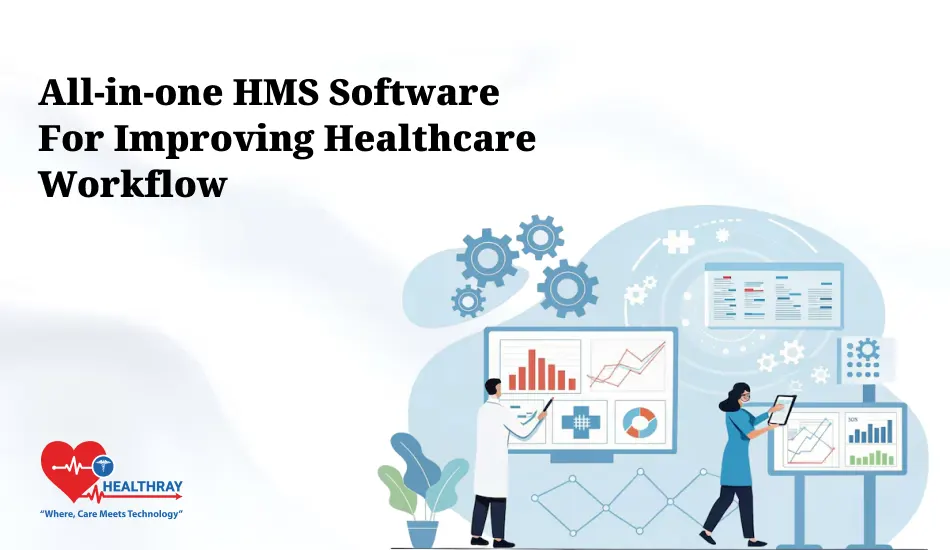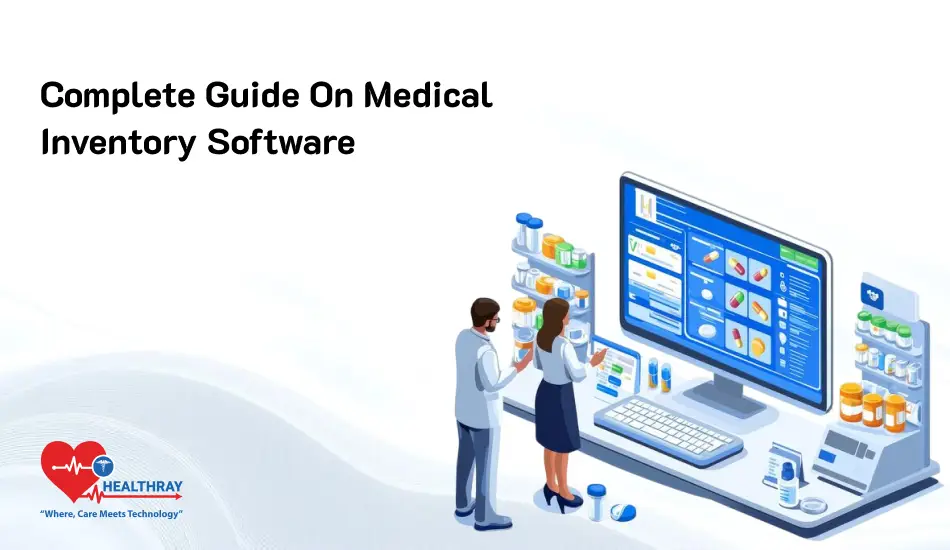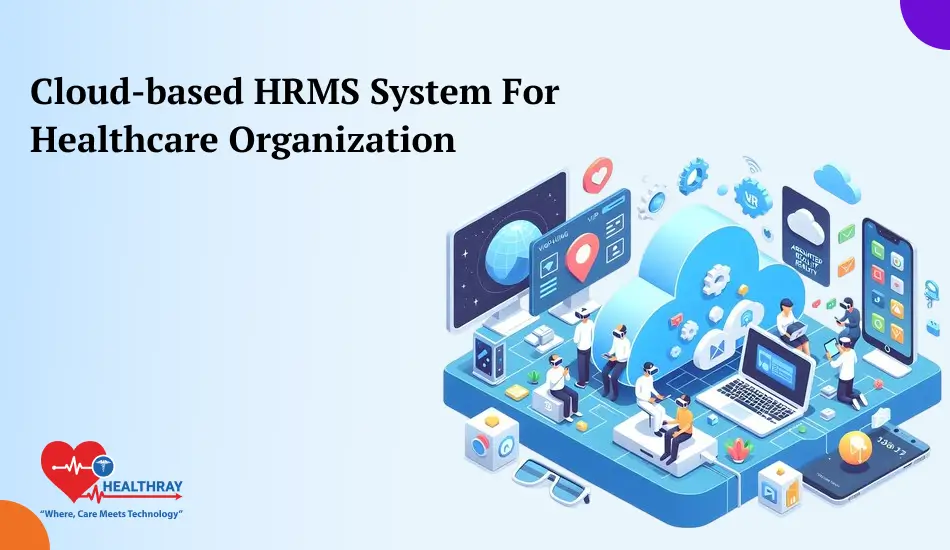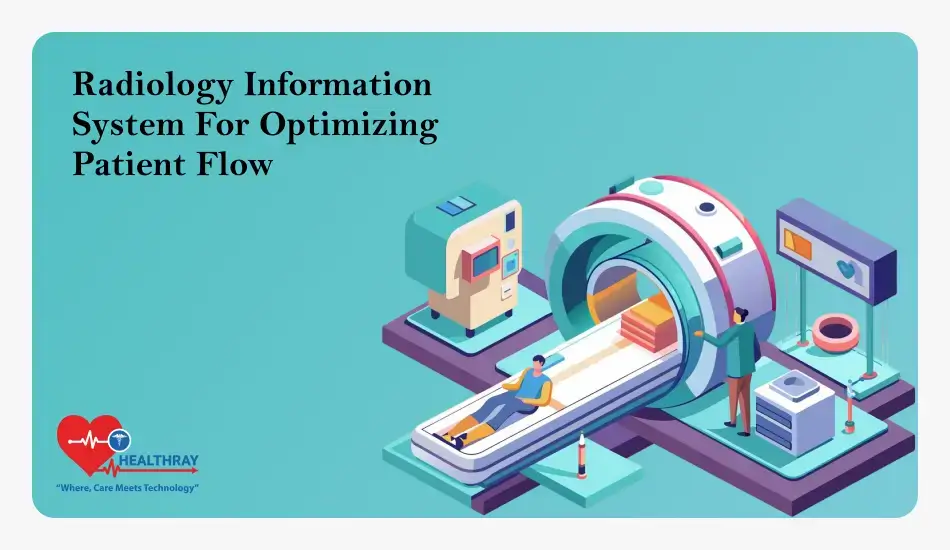Quick Summary: By streamlining laboratory procedures, LIMS in healthcare provides advantages like bettered data delicacy, effective sample shadowing, and compliance operation. Its attributes, which guarantee accurate and reliable issues, include real-time data access, adaptable interfaces, and increased total productivity.
Introduction
Like numerous diligence, the healthcare sector isn’t self-sufficient. The problems that develop and the results for them may end since this is an as assiduity that’s constantly changing. LIMS also known as Laboratory Information Management System is one similar healthcare laboratory management system. Over the once many decades, the laboratory operation system has offered healthcare results to the request. But what really is it?
The thing LIMS to drop paper operation in the whole laboratory workflow is driven by both the need to expedite information reclamation and environmental enterprises. Chancing information is made much more delicate when the data is dispersed across several runners. The time needed to gain data is considerably dropped by the LIMS solution, which provides effortless and effective access to the information requested.
Also, LIMS simplifies collaboration amongst numerous labs. Lab technicians from different laboratories can be assigned to other systems and fluently gain the information they need because of their capability to access data.
What are laboratory information management systems?
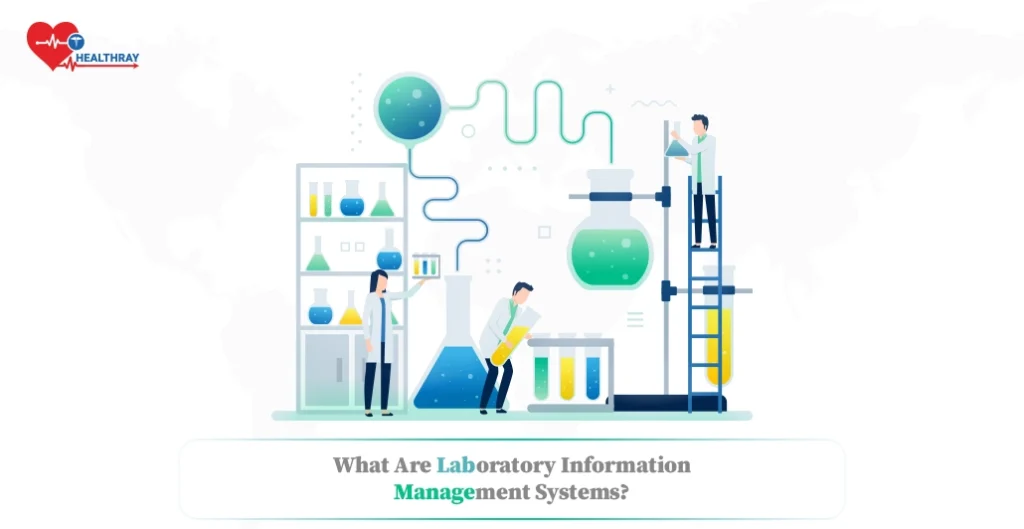
The original purpose of the laboratory operation system was to maintain track of test samples, their issues, and all other applicable information about case and patron samples. The data created by the laboratory operation system was developed using conventional labelling and record-keeping by hand. This approach persisted until computers were added to healthcare results.
The Laboratory Information Management System has been adding value ever since.
Software developed alongside computers. Devoted LIMS software packages started to surface, constantly adding new features and adaptations. Moment’s LIMS software is so reliable that it’s nearly delicate to mislay a test sample after it’s collected in the lab or at the case’s home, taken to a pathology laboratory, and tagged. The LIMS software packages are able to manage and track samples, streamlining test progress as well as incontinently streamlining test results into the database.
What are the primary purposes of implementing laboratory information management systems?

Efficiency
The effectiveness and efficiency of LIMS are some of its most frequently cited benefits. Lab technicians’ work is greatly enhanced and made more accessible by LIMS, which offers simple yet effective functions. In addition to streamlining lab workflow moving along and saving time, LIMS minimizes the quantum of redundant coffers employed in processes — paper use, for case.
Likewise, LIMS results guarantee the most stylish possible performance in the laboratory process. By icing process optimization, LIMS implementation secures profitability. It also maximizes resource application and mixes labour.
Safety
When handling samples and performing lab work, safety always comes first. Nothing is more pivotal than guarding the sequestration of data and the inviolability of samples. LIMS ensures that data is used responsibly and in confidence.
Numerous security safeguards are offered by the LIMS system to ensure that the stored sensitive data is protected. Requesting logins is the most straightforward fashion to cover the data. Different LIMS offers a range of stoner access operation strategies. These can include access via an Identity Garçon, integration with LDAP or Active Directory for stoner authentication, and an intertwined stoner operation system with a distinct username and word. Encryption is a fresh option for securing the data.
Also, LIMS helps guarantee compliance and product safety. A lab can use LIMS for quality control and real-time monitoring while clinging to colourful laws. To make sure compliance, samples can be prepared, proved, and examined. Samples that do not fit the criteria can be reported automatically.
Compliance
Laboratory Information Management Systems (LIMS) are widely used in many different industries’ laboratories to track, manage, and report on samples, tests, test results, and many other things. Strict regulations apply to many of these businesses, and these regulations also apply to the laboratories operating within them. For this reason, any LIMS must abide by these specifications.
LIMS compliance is crucial since breaking the rules in any situation might have serious repercussions. These consist of losses resulting from the failure of the product as well as remediation expenses linked to the discovery, monitoring, and reporting of problems. Furthermore, failure to comply may lead to major legal issues as well as significant harm to the company’s reputation.
Work comfort
Because they’ve so important responsibilities, lab technicians naturally look for any consolation and consolation that would help them in their day-to-day work. Because of its rigidity and multifunctionality, LIMS significantly lessens the strain associated with lab labour. Workflow is streamlined dramatically, and the safety of the lab labour force, the samples they work with, and the data they collect are guaranteed.
Also, because of compliance, the lab managers and staff do not have to worry about mortal crimes and oversights because LIMS automatically detects and notifies any anomalies. Because LIMS stores and secures all critical data and protocols, the redundant red tape recording is no longer as burdensome. Also, it dramatically enhances data inflow. Not only is LIMS easy to use, but it’s also relatively productive.
Speed
The thing LIMS does to drop paper operation in the laboratory is driven by both the need to expedite information reclamation and environmental enterprises. Chancing information is made much more delicate when the data is dispersed across several runners. The time it takes to detect the applicable information is considerably dropped by LIMS, which provides incredibly efficient management and simple and effective data access.
Also, LIMS simplifies collaboration amongst numerous labs. Lab technicians from different laboratories can be assigned to other systems and fluently gain the information they need because of their capability to access data.
Top Capabilities of Laboratory Information Management System
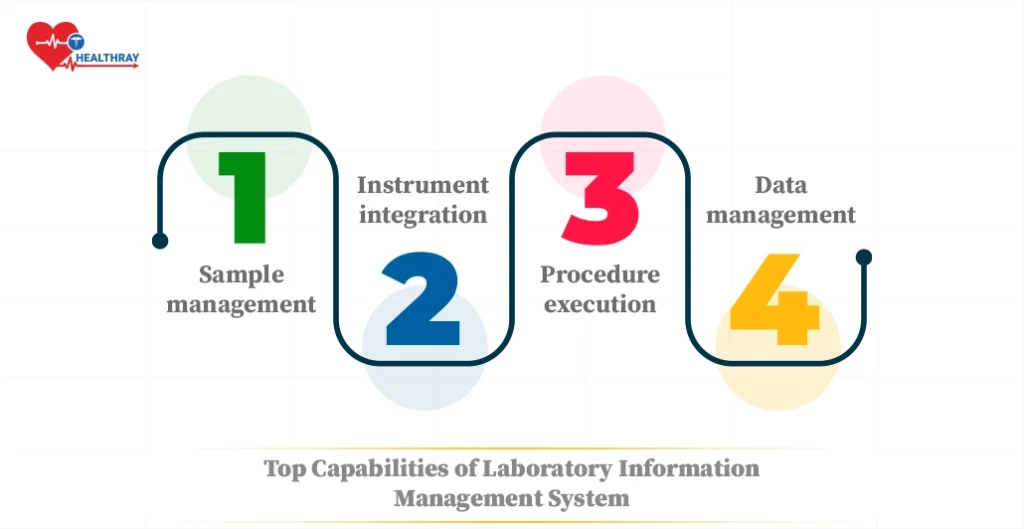
Sample management
The main component of a LIMS is its sample operation system (LMS). Every sample is tracked directly by LIMS Sample Manager from the moment it enters the lab till the conclusion of its actuality.
The LIMS contains all of the sample’s material data, including the source, expiration date, storeroom, and identities of the experimenters. Ensuring complete data preservation reduces the likelihood of sample data loss, impurity, and expiration.
The LIMS can also be used to track a sample’s whereabouts. Position hanging involves assigning the sample to a specific freezer position, often down to the shelf or box position.
Instrument integration
One point that offers further integration with lab instruments is LIMS Instrument Integration. This system allows the LIMS to regulate another lab instrumentation’s operation by fitting control lines into it.
Further safe data operation is assured via data integration, which is acclimatized to the unique conditions of distinct labs. Also, it guarantees secure access to data collected from numerous instruments and drastically cuts down on the time demanded for data processing and reporting.
Also, the LIMS can input instrument result lines and employ data birth for quality control evaluation.
Procedure execution
The LIMS completely controls the prosecution of procedures. It’s in charge of the lab’s ways, bribes, and LIMS procedures.
Also, it offers results that let the lab professionals set up every procedure in the lab step-by-step. Advanced setup choices help judges through a process and define distinct phases, making work in the lab easier.
Throughout the process, real-time data downloads are made possible by nonstop integration.
Data management
Effective data operation has been integrated into the LIMS as a result of the adding quantum of data generated in laboratories. LIMS data operation streamlines lab work by making configuration and archiving easier.
Both the original raw data lines and a standardized representation in XML format are archived by the LMS. However, both lines can be instantly restored If demanded. Any machine or cybersurfer can pierce a standardized interpretation of the data.
It makes it possible to move library lines from one medium to another, which is essential for systems that save data for a long time.
Also, the LIMS lessens the demand for paper attestation and facilitates paperless labs. It reduces the volume of documents and expedites procedures, including train reading and data rotation, as well as blessing times. Cutting back on paper use not only saves a lot of plutocrats but also improves data thickness and effectiveness.
How does LIMS work?

Audit Management
Any laboratory can profit from having an inspection audit trail, which is a standard LIMS point demanded for regulated laboratories. Lab technicians can use inspection trails to automate the inspection process, improve lab efficiency or trace the inspection’s course back to the morning, explicitly relating the collaborator and the precise moment of each exertion.
By automating and managing the inspection process, LIMS can ensure that all rules are followed and that no procedures are overlooked. In order to reduce possible detriment, it also finds anomalies and reports them right down.
Barcode Handling
Barcodes can completely replace handwritten markers, thanks to LIMS. Barcodes minimize the possibility of mortal human error and lower the chance of undecipherable marker information, which is helpful for laboratory technicians handling samples. Barcodes give lab staff fresh space for details on the marker, tighter links between samples and instruments and studies, and more precise data input.
In addition to allowing for the creation and printing of markers, a LIMS could give support for multiple barcode compendiums.
Chain of Custody
Depending on the laboratory, the significance of the Chain of Custody( COC) varies. In laboratories with strict regulations, covering COC situations is a pivotal aspect of their work. It’s crucial for forensic labs and their styles for gathering, conserving, and disposing of substantiation.
Information like stoner IDs and position IDs must be stored and penetrated in order to maintain an effective COC. numerous thanks to barcodes and LIMS. Force control and security configuration make COC much easier to maintain.
Compliance
LIMS can be used to handle and dissect data concerning samples, tests, test results, and much more in laboratories across a wide range of businesses. Strict regulations apply to numerous core functions of these businesses, as well as the laboratories contract research organizations that operate within them.
Adherence to regulations is pivotal, as resistance can result in significant losses and fraudulent conditioning.
Customer Relationship Management
The customer’s demographic data is handled and stored by LIMS. The software solution also simplifies and makes communication with affiliated guests easier.
Also, a customer may order a sample from a LIMS in some instances. Transferring the sample vessel to the customer and registering it could be the next step. The sample can also be collected and delivered to the laboratory.
Document Management
Numerous kinds of data are gathered and kept in an ordinary laboratory: reports, safety procedures, nonsupervisory lines, commercial analysis, and specifications. The list of associated data here is endless.
The capability to produce, manage, import, and import numerous types of data was a logical, as well as a veritably profitable addition to LIMS, which was formerly able to handle sample and trial data.
A typical LIMS document operation system can convert and export to material formats like PDF, add documents as attachments to the system, upload and indicator documents of nearly any train type and size, and enable textbook hunt.
Instrument Calibration and Maintenance
It might be delicate to keep track of every procedure involved in instrument estimation and conservation, particularly in a setting as rigorous as a laboratory.
Fortunately, LIMS can plan critical lab instrument calibrations and conservation procedures. Also, LIMS keeps thorough records of these kinds of operations and enables lab staff to check the specialized state of the lab outfit continuously.
Inventory and Equipment Management
Laboratory Inventory Management can give lab directors insomniac nights. Force operation is a demanding, labour-intensive, and time-consuming process that needs attention.
Still, effects do not have to work like this. LIMS can be used to manage laboratory outfits as well as force dimension, recording, and control.
Manual and Electronic Data Entry
A lab technician or electronic element can fluently apply data with LIMS’s quick and reliable interfaces.
This point makes data entry easier and further acclimatized to the conditions and preferences of a particular lab.
Method Management
All laboratory methodology and process and procedure( P&P) operations are done in one position, the LIMS. It organizes and integrates every procedure carried out in the laboratory.
Also, LIMS gives lab staff guidance on how to carry out current conditioning.
Personnel and Workload Management
LIMS functions as a logical durability of the pre-implementation work planning and operation process. By guaranteeing that jobs and events may be listed, LIMS simplifies the workload operation process. It’s possible to designate technicians’ workloads and make conservation schedules.
All of these procedures can, of course, be carried out without LIMS. On the other hand, these duties can be optimized and lab operations streamlined by a contemporary information operation system.
Training Management
In addition to managing work schedules and maintaining labour force records, LIMS provides a means of scheduling and organizing lab technician training.
Quality Assurance and Control
As was formerly noted, LIMS maintains control over utmost lab procedures, guaranteeing the most stylish possible quality.
Likewise, depending on the kind of lab, LIMS efficiently performs quality checks on samples or products. In addition, it fleetly gathers operation information and automates the logging of samples or goods, guaranteeing complete control over procedures.
Reports
The LIMS gives the lab labour force the capability to plan and induce reports in addition to numerous other features. To misbehave with the rules or specifications of labs, they can be prepared in a specific format.
Likewise, the report can be fluently and snappily delivered to certain parties or individuals after it has been generated, easing the distribution of information.
Time Tracking
The LIMS’s capacity to cover a hand’s overall work hours is appertained to as the time-shadowing capability. When it comes to payroll, it might be helpful.
Also, this capability can be used for further technical systems and conditioning and aid in work evaluation programs for workers by showing the rate at which they work and the quantum of time they devote to each task.
Workflows
By designating where a sample will go next in the workflow or automatically allocating duties to experimenters, a LIMS can help streamline laboratory operations.
It can also be designed to elect instruments and outfits for specific procedures grounded on pre-established rules and criteria.
LIMS avoids detainments and maintains the lab workflow.
Try out Healthray’s laboratory information management system for the best results!
Get the most out of your laboratory operations with Healthray’s Laboratory Information Management System( LIMS), which offers ideal delicacy and effectiveness. Our slice-edge technology streamlines your process for better issues by seamlessly integrating sample shadowing, data operation, and analysis. With Healthray’s LIMS, delicacy and compliance are guaranteed, adding total productivity. Savour features that are easy to use, have real-time data access, and are configurable to fit your unique conditions. Ameliorate your experience in the lab with state-of-the-art outfits and firm support. For unmatched issues, try out Healthray’s LIMS now. It combines effectiveness and perfection to produce a healthy future. Use Healthray to maximize your lab’s effectiveness and unleash the power of your data.
Conclusion
In the healthcare industry, Laboratory Information Management Systems( LIMS) are essential for perfecting productivity, delicacy, and compliance. The advantages of LIMS are diverse, ranging from enhanced workflow and expedited data operation to increased data security and traceability. Through the robotization of sample shadowing, affect analysis and reporting, LIMS reduces mistake threats while speeding up operations. Likewise, LIMS makes nonsupervisory compliance easier by guaranteeing that assiduity morals and rules are followed. Sample shadowing, data integration, and inspection trails are just a few of its features that enable healthcare associations to make the most use of their coffers while upholding the loftiest norms of patient care and laboratory operations.


